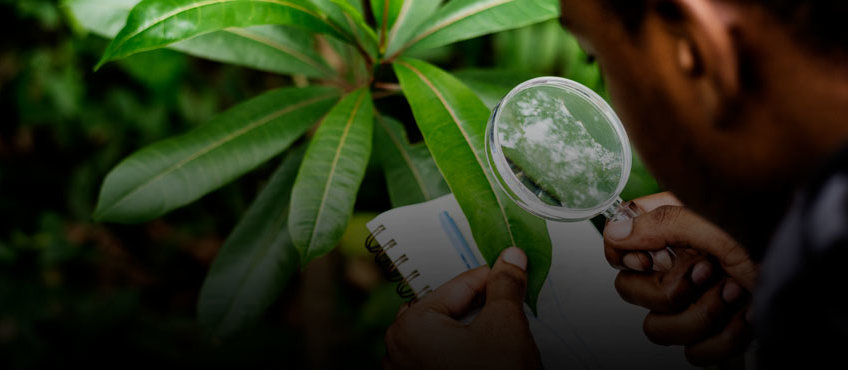Written by Nancy Morris
Table of contents
Can you cite a tweet?
Is it just me or does it seem as if more and more nuggets of important information and sometimes-relevant facts are being distributed through the pleasure and pain that is Twitter?
The phenomenon of society's obsession with social media is, in itself, worthy of endless academic papers, but citations from social media posts are cropping up in many unexpected, but equally important areas of study, giving an unsettling respect to the lowly "tweet".
The question, then, becomes: How do you cite a tweet? Moreover, can you cite a tweet?
Fortunately, the style guides are staying on top of these questions. Let's start with everyone's favorite: APA.
How to cite a tweet in APA
According to APA 7th Edition, a Twitter reference begins with the name of the author followed by the @username in square brackets. These are followed by the date in round brackets and then the first 20 words of the post. In addition, visuals in the tweet should be indicated, and then the reference should end with the site name—Twitter—followed by the URL. So for example:
deGrasse Tyson, N. [@neiltyson]. (2020, Sept 29). You can't use reason to convince anyone out of an argument that they didn't use reason to get into. [Tweet] Twitter. https://twitter.com/neiltyson/status/1311127369785192449
The parenthetical in-text citation for this reference would appear as follows:
For added fun, APA encourages you to replicate emojis in your reference or use the emoji's name.
How to cite a tweet with the Chicago Manual of Style
Next, let's look at what the authoritative Chicago Manual of Style says:
For bibliography entries, start with the author of the post (last name, first name, or the name of the organization), followed by their user name in parentheses. Next, include up to 160 characters, including the spaces of the text, in quotation marks. Lastly, add the name of the service—Twitter—followed by the date, time, and URL, in that order. For example:
deGrasse Tyson, Neil (@neiltyson). "You can't use reason to convince anyone out of an argument that they didn't use reason to get into." Twitter, Sept 29, 2020, 10:15 pm. https://twitter.com/neiltyson/status/1311127369785192449.
When creating a footnote entry, switch the order of the author's name (to first name, last name) and use commas instead of periods to separate the major sections of your footnote. Otherwise, continue with the same steps as above. For example:
1. Neil deGrasse Tyson (@neiltyson), "You can't use reason to convince anyone out of an argument that they didn't use reason to get into," Twitter, Sept 29, 2020, 10:15 pm, https://twitter.com/neiltyson/status/1311127369785192449.
How to cite a tweet in MLA
Finally, let's include the little-appreciated consternation of every first-year liberal arts undergrad: the MLA style guide.
Begin with the user's Twitter handle. Add their real name in parentheses. Then, add the tweet in its entirety in quotation marks with the period or any other punctuation inside the closing quote marks. Include the name of the service—Twitter—and the date and time separated by a comma. For instance:
@neiltyson (Neil deGrasse Tyson). "You can't use reason to convince anyone out of an argument that they didn't use reason to get into." Twitter, 29 Sept. 2020, 10:15 p.m., https://twitter.com/neiltyson/status/1311127369785192449.
In this case, the parenthetical in-text citation would read as follows:
(@neiltyson)
Conclusion
Accordingly, you should now know how to cite a tweet according to the three major style guides. I don’t imagine OSCOLA and IEEE would require citing Twitter yet, but I suspect that they will soon follow suit.
The important thing to remember, when all is said and done, is that the purpose of including a citation is to support the facts presented. While a tweet can provide interesting perspectives and personal experiences, it can't and shouldn't replace the process of determining the truth.
Image source: twenty20photos/envato.elements.com
Submit Perfectly Polished Papers. Hire a Professional Proofreader.
Have Your Essay Expertly Proofread, or Get a Free Sample
About the Author

Scribendi's in-house editors work with writers from all over the globe to perfect their writing. They know that no piece of writing is complete without a professional edit, and they love to see a good piece of writing transformed into a great one. Scribendi's in-house editors are unrivaled in both experience and education, having collectively edited millions of words and obtained nearly 20 degrees. They love consuming caffeinated beverages, reading books of various genres, and relaxing in quiet, dimly lit spaces.











